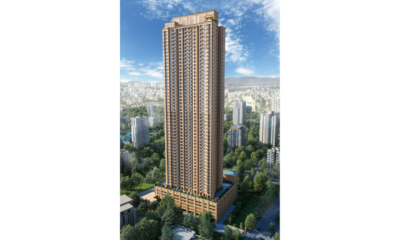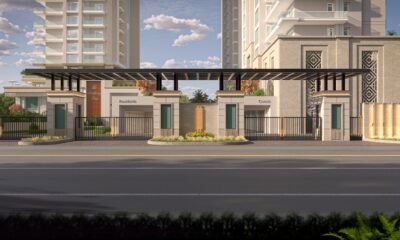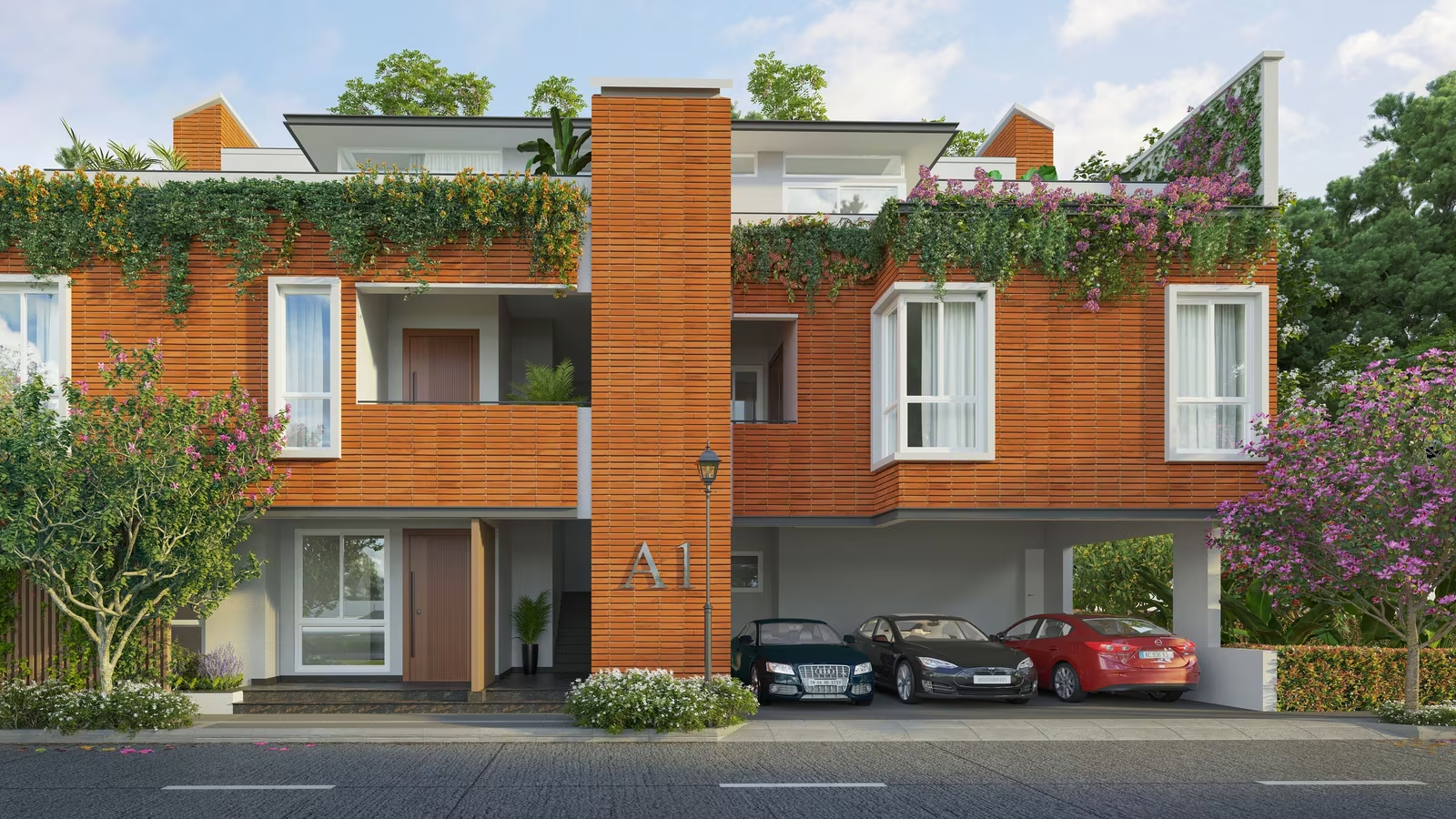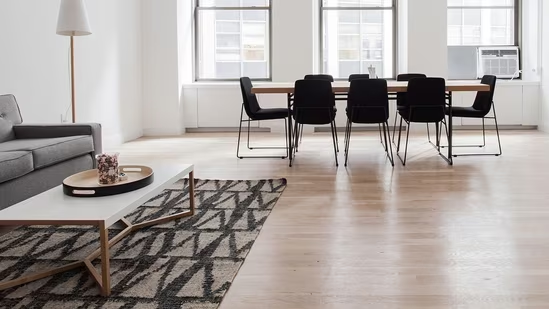Top Stories
End of a bad year for realty; 2018 to be better, consolidation certain


Praveen Jain, CMD, Tulip Inratech
The year 2017 was a year of change. The aftereffects of demonetisation, which took place in November 2016, were felt in the initial period of 2017. People thought that property prices would fall to a large extent. Though primary market wasn’t much affected due to demonetisation, the secondary market where cash dealings were prevalent was largely hit by this move, and sale-purchase stopped in secondary or resale market, which resulted in falling of prices in this market. This prompted buyers to think that primary market prices would also fall and that slowed down sales in primary market. This was one big factor impacting real estate market in 2017.
Then came RERA, which again caused some disruptions. And even as we were feeling the aftereffects of RERA, came the GST. As it is, the real estate market was going through a slump for the last four-five years and all these measures made things worse.
To sum up, 2017 was not a good year for the real estate sector in the country rather it was a bad year. We at Tulip, were expecting 2017 to be better than 2016 which too wasn’t very good, but that did not happen. In fact 2017, turned out to be worse. But the good thing is with RERA coming into force, lots of positives can be seen. Projects are now getting registered, focus is more on delivery and buyers are more confident that deliveries would happen.
The New Year should be better. By the end of 2018 when all these settle down, we shall see real estate market gradually moving up. Now developers are not coming up with new projects. New launches have substantially come down. This is good as all the oversupply or the unsold inventory of housing stock will be slowly consumed in the next 12-24 months. Under ‘Housing for All’, two crore houses are to be built in the urban areas by 2022. More important is buyers’ confidence would be back. They would come forward and buy as they will be aware that now developers’ are focusing more on delivery.
- Though primary market wasn’t much affected due to demonetisation, the secondary market where cash dealings were prevalent was largely hit by this move, and sale-purchase stopped.
- The real estate market was going through a slump for the last four-five years and all these measures made things worse. To sum up, 2017 was not a good year for the real estate sector in the country rather it was a bad year.
- Now developers are not coming up with new projects. New launches have substantially come down. This is good as all the oversupply or the unsold inventory of housing stock will be slowly consumed.
- All these measures though impacted the realty market adversely, will prove to be beneficial in the long term. Many players would be wiped out of the market, which is good also.
- The coming time is of ready properties. We at Tulip, for example, have decided as a strategy that we are not going to sell any under-construction properties.
- Infrastructure status should be given to houses of up to 150 square metres, which also comes under PM’s ‘Housing for All’ MIG category. This will help us get low cost funding and the cost of the houses would come down.
- If the buyers defers his buying plan for such properties he saves about 12 per cent tax, so people are deciding to wait for such period and save that money as the market is not such that the prices will appreciate by 12 per cent in such a small period.
Even now we have buyers in the market, but that is primarily for the ready-to-move-in houses.
All these measures though impacted the realty market adversely, will prove to be beneficial in the long term. Many players would be wiped out of the market, which is good also, as many of those who were not having any knowledge, experience or expertise have entered into this business. Only the strong ones who are really able to deliver will stay in the market.
By this time when the year is coming to an end, we can see some consolidation happening. Next year we expect more consolidation to happen. Many non-performers will vanish from the market in the times to come. But this will also pave way for the new players, who are strong and professional.
The coming time is of ready properties. We at Tulip, for example, have decided as a strategy that we are not going to sell any under-construction properties. I am not talking about the already launched and which are under-construction, but for the new ones, we are first going to build and complete the property, and then we will sell those. The buyer can see the actual property with all the actual amenities, and buy it, so there won’t be any scenario of not fulfilling promises. You pay and move in to your house immediately.
Also the buyer will save money on the monthly rental which he keeps on paying till the possession of his own house, over and above the EMI on housing loan which he pays for such period. So this will be a win-win situation. Instead of working on 10 different projects, we will finish building one, sell that, and then move on to next project. We also don’t intend to launch any new project in 2018, at least not till the time we completely deliver our existing projects. In fact many other member developers at Naredco are thinking on similar lines, for example DLF too has decided to go the same way, at least for the housing projects.
But we also need support from Government to work on these. Till now affordable housing has the infrastructure status. Houses up to 60 square metre come under affordable housing. We have given a representation both to the Ministry of Finance and the Housing and Urban Affairs Ministry that infrastructure status should be given to houses of up to 150 square metres, which also comes under PM’s ‘Housing for All’ MIG category. This will help us get low cost funding and the cost of the houses would come down.
Apart from this we have more demands from the Government. Before GST, on under-construction flats the consumer had to bear 5.50 per cent tax – 4.50 per cent service tax and about a per cent VAT. Now this has become 12 per cent, in which the input credit benefit is of 1 or 2 per cent, but overall it is loss proposition for the buyer. The worst-hit are the projects which are nearing completion and will be delivered in say next six to 12 months. If the buyers defers his buying plan for such properties he saves about 12 per cent tax, so people are deciding to wait for such period and save that money as the market is not such that the prices will appreciate by 12 per cent in such a small period.
Also for houses up to 60 square metres there was no service tax, only 1 per cent VAT, but now even that comes under 12 per cent GST. So we have made a representation and we hope some announcements in this regard to be made in the coming Union Budget.
-



 News4 weeks ago
News4 weeks agoKW Delhi 6 Mall Onboards New Brands
-



 News4 weeks ago
News4 weeks agoManasum Senior Living Launches IKIGAI GOA, A Senior Living Community in North Goa, in collaboration with Prescon Homes
-



 News4 weeks ago
News4 weeks agoBridging India Divide: Top 5 Tier- 2 Cities to Focus On
-



 News4 weeks ago
News4 weeks agoCommercial Realty Gets Tech Savvy: Fast Construction, Enhanced Convenience
-



 News3 weeks ago
News3 weeks agoGodrej Properties Sells Rs 3k cr+ Homes of Godrej Zenith, Gurugram, within 3 days
-



 News4 weeks ago
News4 weeks agoMultipoint Connection – A Definite Boon
-



 News3 weeks ago
News3 weeks agoRBI’s Status Quo on Key Policy Rates to Help Maintain the Real Estate Growth Momentum, Say Industry Stalwarts
-



 News1 week ago
News1 week agoOlive Announces Dhruv Kalro as Co-Founder




























